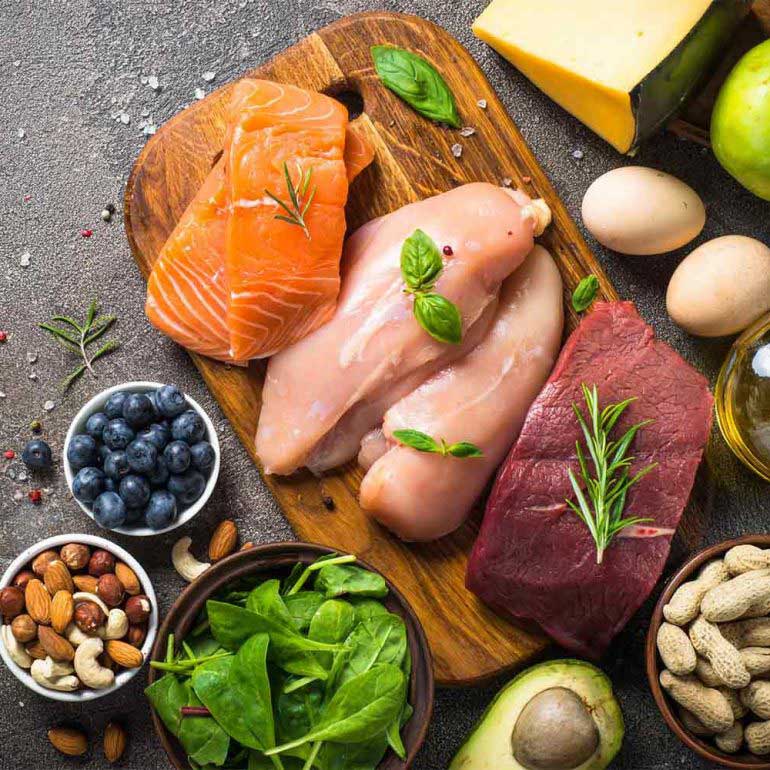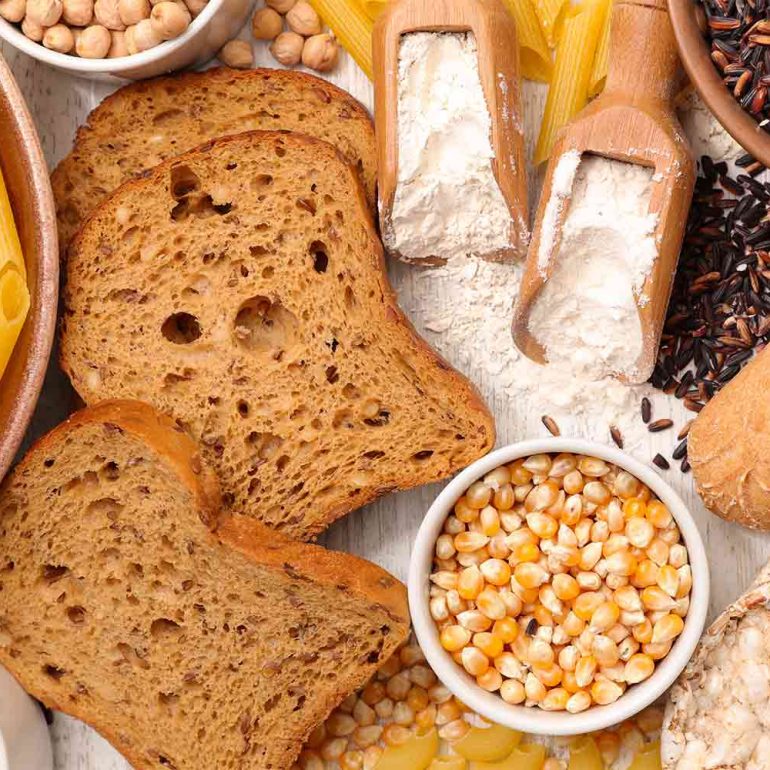In this series of articles, we have seen that our brain makes constant trade-offs between rewards and pain. It also trades off one reward and against another and old reward pathways against new ones. You have more power over these trade-offs when you understand them. Food trade-offs and choices can help you recognize your thought habits because the rewards are tangible instead of being abstract. Food seeking interrupts negative thought patterns, and that’s a valuable tool in some situations. But if you rely on this tool too often, you do yourself harm. You must keep assessing the trade-offs to get what you want.
The Reward Value of Food Trade-Offs
You can enjoy the reward value of food without overindulging. You can stop seeing food as a threat. When you understand the reward value of food, you can enjoy the rewards without adding to your anxiety. You are always doing this with the circuits you have, but with effort, you can build some new circuits.
When I was a kid, my mother brought us to an ice cream parlor for sundaes when report cards came out. Today, rewarding children with treats is considered bad, but I did not become a sundae junkie. I only have one or two a year, and only small sundaes after a big investment of effort, which is eerily similar to my early experience.
Recently, I made a trip to my hometown after living three thousand miles away for a long time, and I was eager to check out the old ice cream parlor. As you may guess, it was a huge disappointment. The historic character was gone, including the metal dishes. I didn’t consciously care about the metal dishes, but with each spoonful, I missed the familiar clink of metal against metal. This was a great reminder of the way our experience of food is shaped by old pathways. When we understand the power of these old pathways, we can appreciate the effort it takes to build new ones.
Remember Food Trade-Offs:
- Hunger was a huge threat for most of history, and our brain evolved to look for food to relieve the threat.
- The good feeling of relief builds a pathway that expects relief from food even when you’re not actually hungry.
- People make worse decisions when their blood glucose falls. But once a bit of food brings your blood glucose back up to normal, you don’t get additional power from additional food.
- Historically, fear of food scarcity helped people restrain their urge to eat. In today’s world of abundance, fear is likewise an effective motivator of restraint. The challenge of the next generation is to eat sensibly with joy instead of with fear.
- You can learn to maximize the pleasure of food when you’re hungry and be prepared with alternative pleasures when you’re not hungry.
- The good feeling of dopamine motivated our ancestors to migrate to better hunting grounds and to plant fruit trees. Higher expected rewards trigger more dopamine.
- The excitement of noshing can be replaced by the excitement of zero-calorie food quests, such as watching cooking shows, growing vegetables, reading restaurant reviews, planning holiday meals, scouting for rare ingredients, or cooking something that takes all day. Variety and color stimulate dopamine too.
- If you enjoyed social trust around a table in youth, that will activate your sense of safety today. Most of us have a combination of positive and negative associations for shared meals, which is why food can evoke social pain and the joy of belonging at the same time.
- Your brain is longing for real trust rather than fake trust. Sharing food can be a steppingstone to real trust, but it is not a substitute. The more you recognize your real oxytocin needs, the less you expect to meet them by eating.
- Food can stimulate your mammalian urge for social dominance in many ways. Every generation has its status food. And you may enjoy a one-up feeling when your diet is healthier or more ethical than someone else’s diet.
- People invest a lot of energy negotiating food rules in a family, social group, or public forum because social dominance stimulates serotonin.
- Endorphin is triggered a bit by hot pepper and by chewing.
- Food-seeking interrupts negative thought patterns, which is a valuable tool in some situations. But if you rely on it too often, you do yourself harm. Your brain is designed to keep assessing trade-offs to get what you want.
This is an excerpt from Tame Your Anxiety: Rewiring Your Brain for Happiness
This is Part Five of a five-part series.
Part One-Food and Anxiety
Part Two-The Dopamine Value of Food
Part Three- The Oxytocin Value of Food
Part Four- The Serotonin and Endorphin Value of Food
Loretta Breuning, PhD is Founder of the Inner Mammal Institute and author of Habits of a Happy Brain: Retrain Your Brain to Boost Your Serotonin, Dopamine, Oxytocin and Endorphin Levels. She’s Professor Emerita of Management at California State University, East Bay. Her many books and digital resources help people find their power to manage their brain chemicals.




